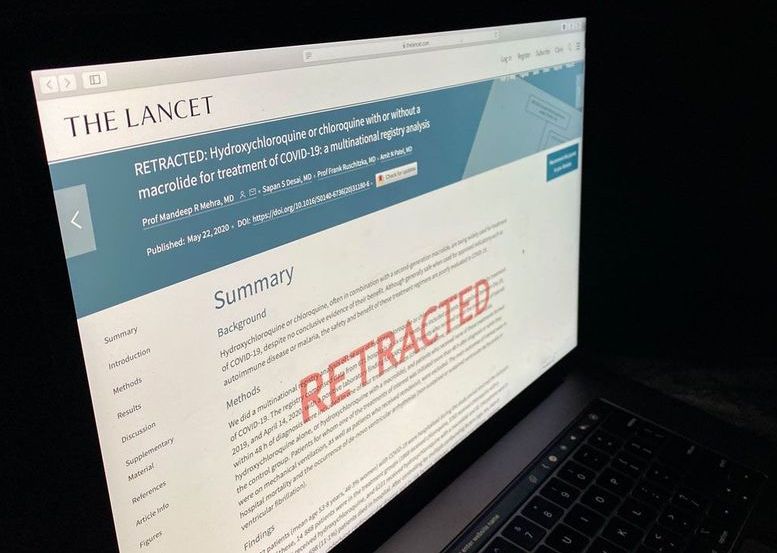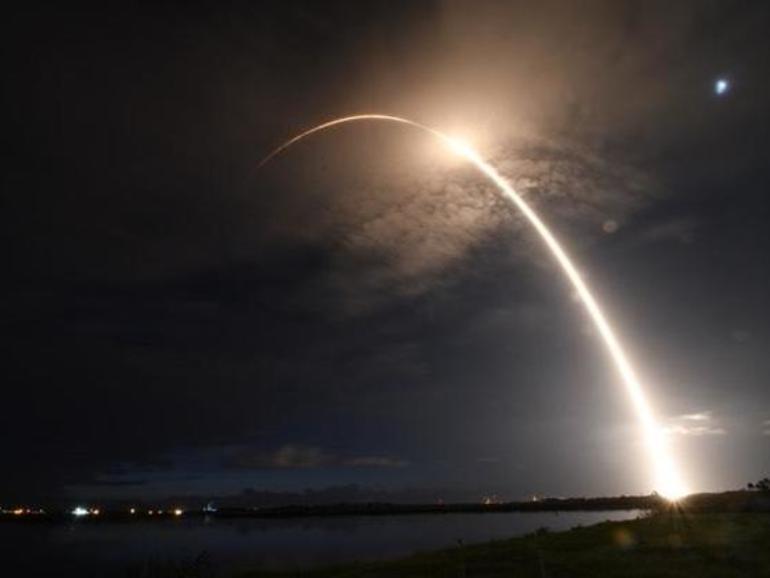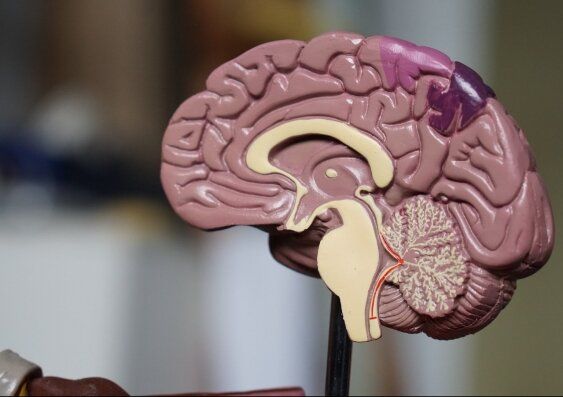This bacteria-killing robot can sanitize your hotel bed.
Get the latest international news and world events from around the world.

The Universal Mind Revealed as a Multi-Layered Quantum Neural Network
In the sixties of the previous century, the science of Cybernetics emerged, which its founder Norbert Wiener defined as “the scientific study of control and communication in the animal and the machine.” Whereas the cyberneticists perhaps saw everything in the organic world too much as a machine type of regulatory network, the paradigm swapped to its mirror image, wherein everything in the natural world became seen as an organic neural network. Indeed, self-regulating networks appear to be ubiquitous: From the subatomic organization of atoms to the atomic organization of molecules, macromolecules, cells and organisms, everywhere the equivalent of neural networks appears to be present.
#EvolutionaryCybernetics #CyberneticTheoryofMind #PhilosophyofMind #QuantumTheory #cybernetics #evolution #consciousness
“At a deep level all things in our Universe are ineffably interdependent and interconnected, as we are part of the Matryoshka-like mathematical object of emergent levels of complexity where consciousness pervades all levels.” –Alex M. Vikoulov, The Syntellect Hypothesis.



New graphene battery can be charged in just 15 seconds!
A new type of battery has been developed that could revolutionise electric vehicle use with a recharge time of just 15 seconds.


Neuroscience study finds ‘hidden’ thoughts in visual part of brain
How much control do you have over your thoughts? What if you were specifically told not to think of something—like a pink elephant?
A recent study led by UNSW psychologists has mapped what happens in the brain when a person tries to suppress a thought. The neuroscientists managed to ‘decode’ the complex brain activity using functional brain imaging (called fMRI) and an imaging algorithm.
The findings suggest that even when a person succeeds in ignoring a thought, like the pink elephant, it can still exist in another part of the brain—without them being aware of it.

Airbus Unveils Three Designs for Hydrogen-Powered Planes
A third — the most out-there among the three — is designed to seat 200 passengers. The concept merges the wings with the main body, creating a massive open space. “The exceptionally wide fuselage opens up multiple options for hydrogen storage and distribution, and for cabin layout,” an Airbus statement reads.
Airbus is hoping to drum up excitement around the idea of powering the planes of tomorrow using hydrogen gas. “The transition to hydrogen, as the primary power source for these concept planes, will require decisive action from the entire aviation ecosystem,” Airbus CEO Guillaume Faury said in the statement.
“I strongly believe that the use of hydrogen — both in synthetic fuels and as a primary power source for commercial aircraft — has the potential to significantly reduce aviation’s climate impact,” he added.